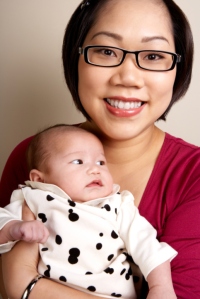In 2011, one in three Virginia children lived in economic insecurity–either in poverty or in near poverty–as defined by Virginia Poverty Measure (VPM) poverty thresholds. This statistic, among others, is discussed in depth in the Cooper Center’s newest paper, New Insights on Childhood Poverty: A Deeper Look into the Results from the Virginia Poverty Measure.
Slightly more than 13 percent of Virginia kids lived in poverty, according to the VPM. Another 18.5 percent lived beyond poverty, but below 150% of the VPM poverty thresholds. To put this into perspective, a two-adult, two-child family in Virginia with annual resources between $29,000 and $43,000 lives in near-poverty, while the same family living with resource totals below $29,000 would be considered in poverty under the VPM.*
Given the attention that marriage often receives from both pundits and policymakers as a a strategy to address childhood poverty, the paper released today focuses on the marital status of parents, comparing poverty and near-poverty across three groups: married-parent families, cohabiting-parent families, and single-parent families. Our findings reinforce some common understandings of childhood poverty while also illuminating some of its less-frequently-discussed realities. Continue reading



